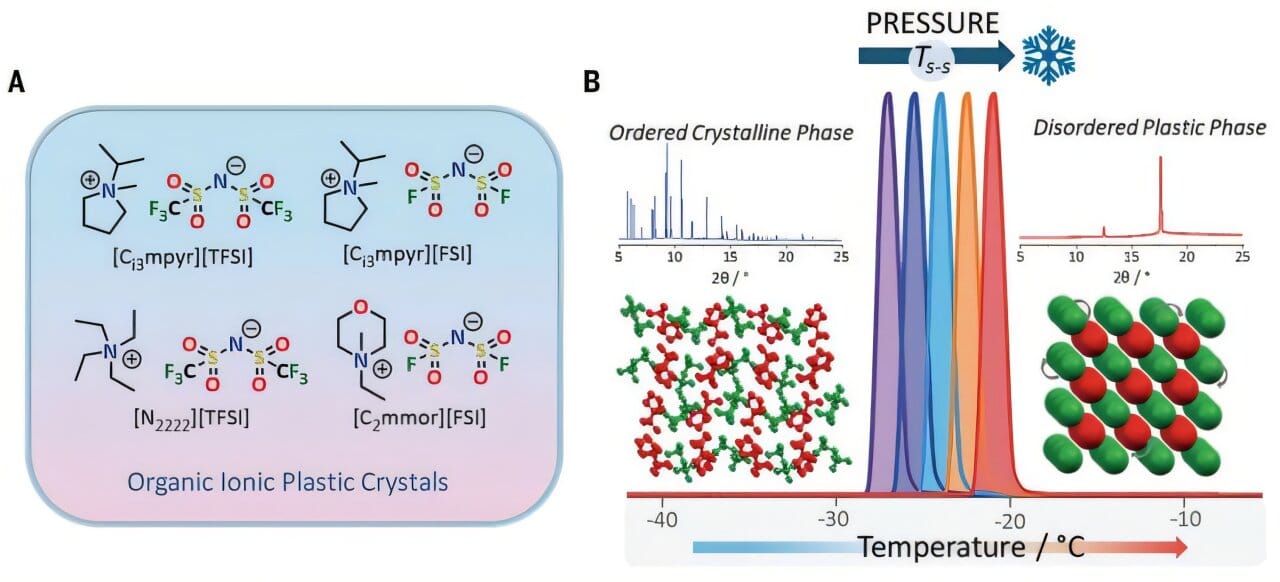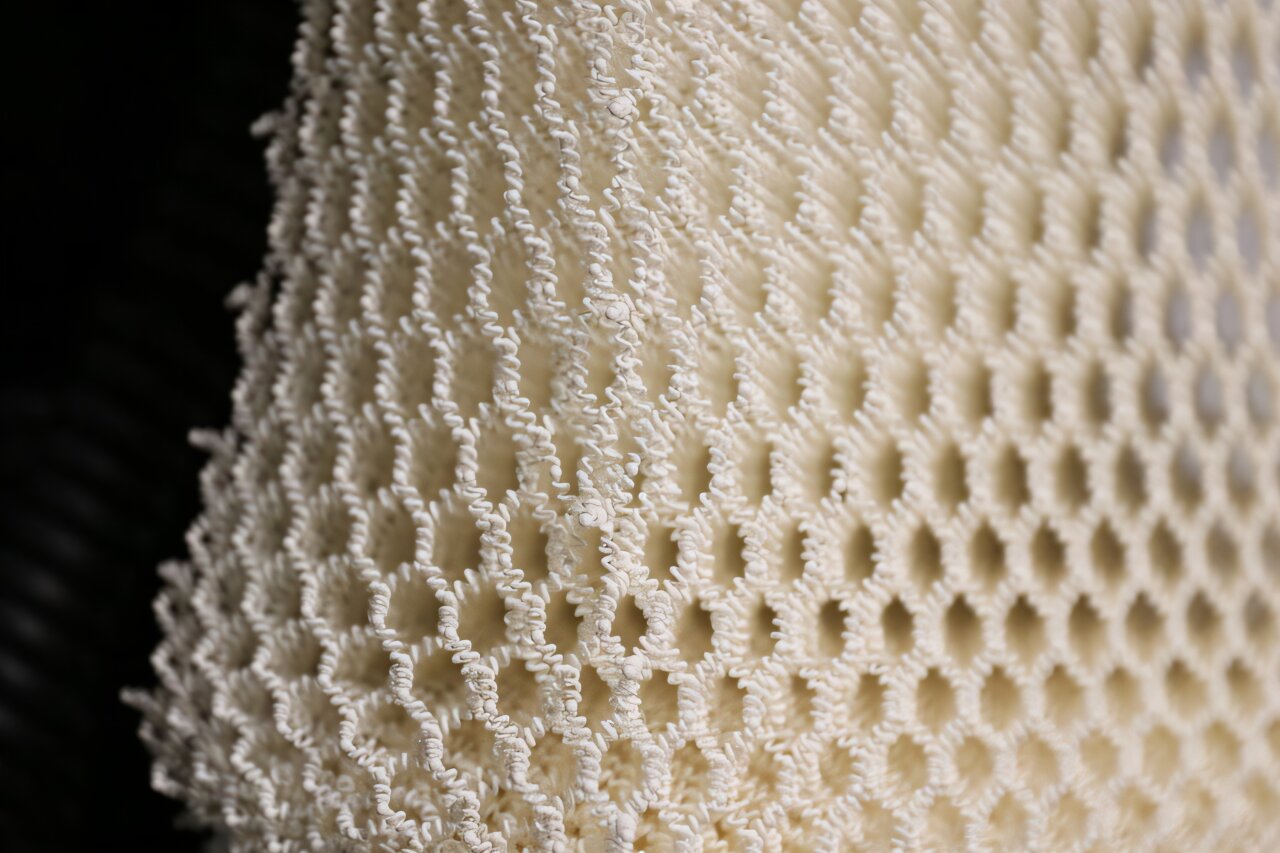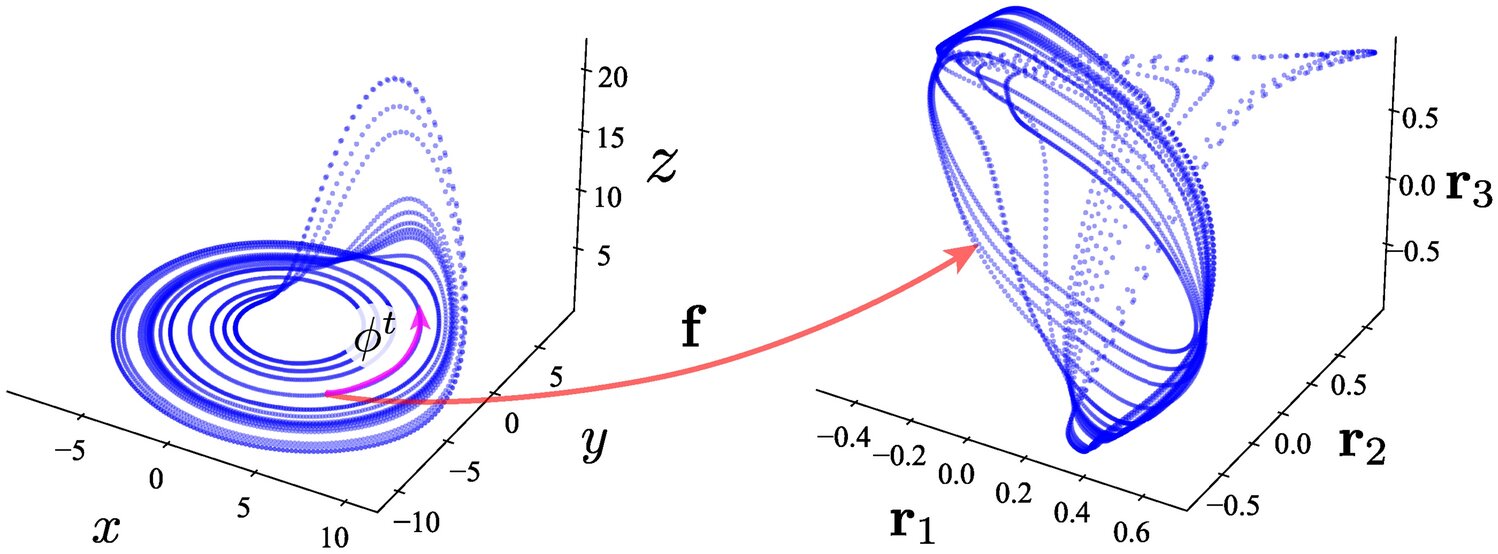A team of chemical engineers from Deakin University, in collaboration with researchers from the University of Western Australia, the University of Sydney, and Monash University, has uncovered a promising method that may change the way we cool our homes. Their groundbreaking work, published in the renowned journal Science, explores a novel refrigeration technology that could replace the environmentally harmful greenhouse gases, such as R-134a, currently used in most refrigerators. Unlike gases, this method leverages a material known as “plastic crystals,” which could not only provide an alternative to traditional refrigerants but may also contribute to reducing global warming in the long term.
Refrigeration technology, although essential to modern life, has long relied on refrigerants like R-134a. This hydrofluorocarbon (HFC) gained popularity after it replaced freon, an earlier refrigerant associated with ozone layer depletion. Though R-134a does not directly contribute to ozone damage, it is still a potent greenhouse gas, meaning its release into the atmosphere plays a role in accelerating global warming. Given the widespread use of such refrigerants and their environmental implications, finding a safe and sustainable alternative has been a focus of research for years.
Enter the concept of plastic crystals—so named because of their unique properties. These crystals belong to a class of materials called organic ionic crystals, which feature molecules that can be arranged in different ways. What sets them apart is their ability to transition between disordered and highly organized states depending on applied pressure. When pressure is applied to these crystals, their molecules organize themselves into a neat, grid-like structure. Once the pressure is released, the molecules return to their disorganized form. This cyclic nature of pressure-induced reordering in plastic crystals is what makes them interesting from a refrigeration standpoint.
The team of researchers, led by experts such as Josep-Lluís Tamarit and Pol Lloveras from Universitat Politècnica de Catalunya in Spain, investigated how these crystals could serve as a refrigerant. Their prior work showed that organic ionic crystals could absorb significant amounts of heat when compressed into their organized state, effectively cooling the environment around them. With this knowledge, the team set out to explore if this process could be applied under more practical conditions, such as in home appliances like refrigerators.
The next step involved identifying the specific types of plastic crystals that could reliably and efficiently cool air when subjected to ambient temperatures. By testing various organic ionic crystals, the researchers found that several were able to absorb heat across a range of temperatures—from -37°C to 10°C—making them suitable candidates for use in refrigerators. In essence, these crystals have the potential to mimic the cooling properties of modern refrigerants but without the negative environmental impact.
In order to put their theory into action, the team developed a compression chamber where they could apply and release pressure from the crystals. The process was fairly simple: when the plastic crystals were compressed, they absorbed heat, which cooled the air around them. To further enhance this cooling process, the researchers added a fan that directed the chilled air into the surrounding space. By cycling the pressure—compressing and releasing—it was found that the crystals acted as an efficient and “clean” refrigerant system, without releasing harmful gases into the atmosphere.
However, while the results were promising, the researchers acknowledged that there are challenges that must be overcome before this technology can be widely implemented. The most significant challenge stems from the high amount of pressure required to compress the crystals, which presents a difficulty in designing a scalable and affordable cooling system. The extreme pressure conditions not only make the system potentially expensive to operate, but they may also require specialized, robust equipment that could increase the overall complexity of the technology. Additionally, the researchers caution that more investigation and refinement are necessary before this method can be deployed on a large scale or commercially.
That being said, the discovery of plastic crystals as a refrigerant opens the door to a cleaner future for refrigeration technology. In particular, if the cost of producing and applying these crystals can be reduced over time, they may become a much more sustainable option, offering a much-needed alternative to traditional gases that contribute to climate change. Unlike chemical refrigerants, plastic crystals can be reused and don’t emit greenhouse gases into the environment, making them a much more eco-friendly alternative.
The significance of this research goes beyond the immediate applications in household appliances. If successful, this technology could also be implemented in other industries that rely heavily on refrigeration, such as food preservation, air conditioning, and pharmaceutical manufacturing. The versatility of this material, combined with its environmental benefits, places it at the forefront of a much-needed revolution in how we approach cooling technologies.
This advancement is also part of a broader trend in the scientific community to explore novel solutions that not only provide effective functionality but also contribute to solving pressing environmental concerns. By focusing on alternatives to traditional refrigerants, scientists are opening up opportunities for systems that can help mitigate the ongoing climate crisis.
The team’s research signals a potential shift toward a greener future in cooling systems, highlighting the importance of pursuing innovative materials that can offer a dual benefit—efficient energy use and environmental sustainability. This research is only a first step, but it represents an exciting milestone that may pave the way for environmentally friendly refrigerants and lead to more widespread adoption of alternative, sustainable technologies in everyday life.
As refrigeration systems continue to evolve, materials such as plastic crystals have the potential to redefine how we approach cooling, offering a practical and sustainable alternative that not only helps preserve our planet but also opens new possibilities for the scientific exploration of materials in energy-efficient technologies.
References: Samantha L. Piper et al, Organic ionic plastic crystals having colossal barocaloric effects for sustainable refrigeration, Science (2025). DOI: 10.1126/science.adq8396
Josep-Lluís Tamarit et al, Compressed ionic plastic crystals are cool, Science (2025). DOI: 10.1126/science.adu3670






